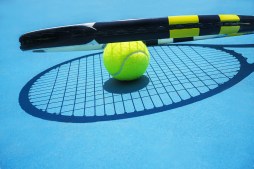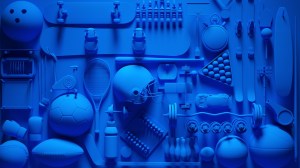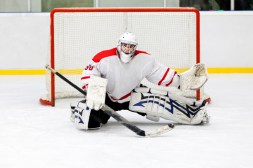The Essential Guide to Choosing Between Training and Match Balls
When it comes to playing soccer, the type of ball you choose can significantly impact your performance. While many players may overlook this detail, understanding the difference between training balls and match balls is essential for maximizing your skills on the pitch. In this guide, we’ll explore the key distinctions between these two types of soccer balls and help you make an informed choice for your needs.
What Are Training Balls?
Training balls are specifically designed for practice sessions, focusing on durability and consistency. They are made from materials that can withstand extensive use on various surfaces, including grass and artificial turf. Training balls often have a slightly different construction than match balls, featuring a thicker outer layer that provides enhanced resistance against wear and tear during rigorous training sessions.
What Are Match Balls?
Match balls are crafted to meet specific performance standards set by governing bodies such as FIFA or UEFA. These balls are designed for competitive play, offering superior flight stability, control, and responsiveness. The materials used in match balls are refined to provide optimal performance during games—typically incorporating premium leather or synthetic material with a focus on aerodynamics.
Key Differences in Construction
One of the main differences between training and match balls lies in their construction. Training balls often feature a more resilient outer casing that allows them to endure repeated kicks without losing shape or quality. Conversely, match balls prioritize precision engineering—often resulting in lighter weights and higher stitch counts that contribute to better control during play.
Performance Characteristics
While both types of soccer balls serve their purpose well within their respective contexts, they perform differently under various conditions. Training balls may not offer the same level of touch or accuracy as match balls; however, they excel at helping players improve their skills through repetitive practice. On the other hand, players will find that using a match ball enhances their ability to assess game situations due to its precise response when passing or shooting.
Which Ball Should You Choose?
Choosing between training and match balls ultimately depends on your needs as a player or coach. If you’re primarily looking for something durable for everyday practice sessions without concern for precision performance metrics, then a training ball is ideal. However, if you’re preparing for competitive matches where every kick counts towards victory—or if you’re playing in organized leagues—a high-quality match ball should be your go-to option.
In summary, understanding the differences between training and match soccer balls can significantly enhance your gameplay experience whether you’re practicing solo or competing against others. By selecting the appropriate type based on your goals—training improvement versus competitive excellence—you’ll be better equipped to develop into an even more skilled player.
This text was generated using a large language model, and select text has been reviewed and moderated for purposes such as readability.











